1. Brown dwarf
Scientists have puzzled over the object known as Gliese 229B, the first known brown dwarf discovered 30 years ago is actually twins orbiting each other.
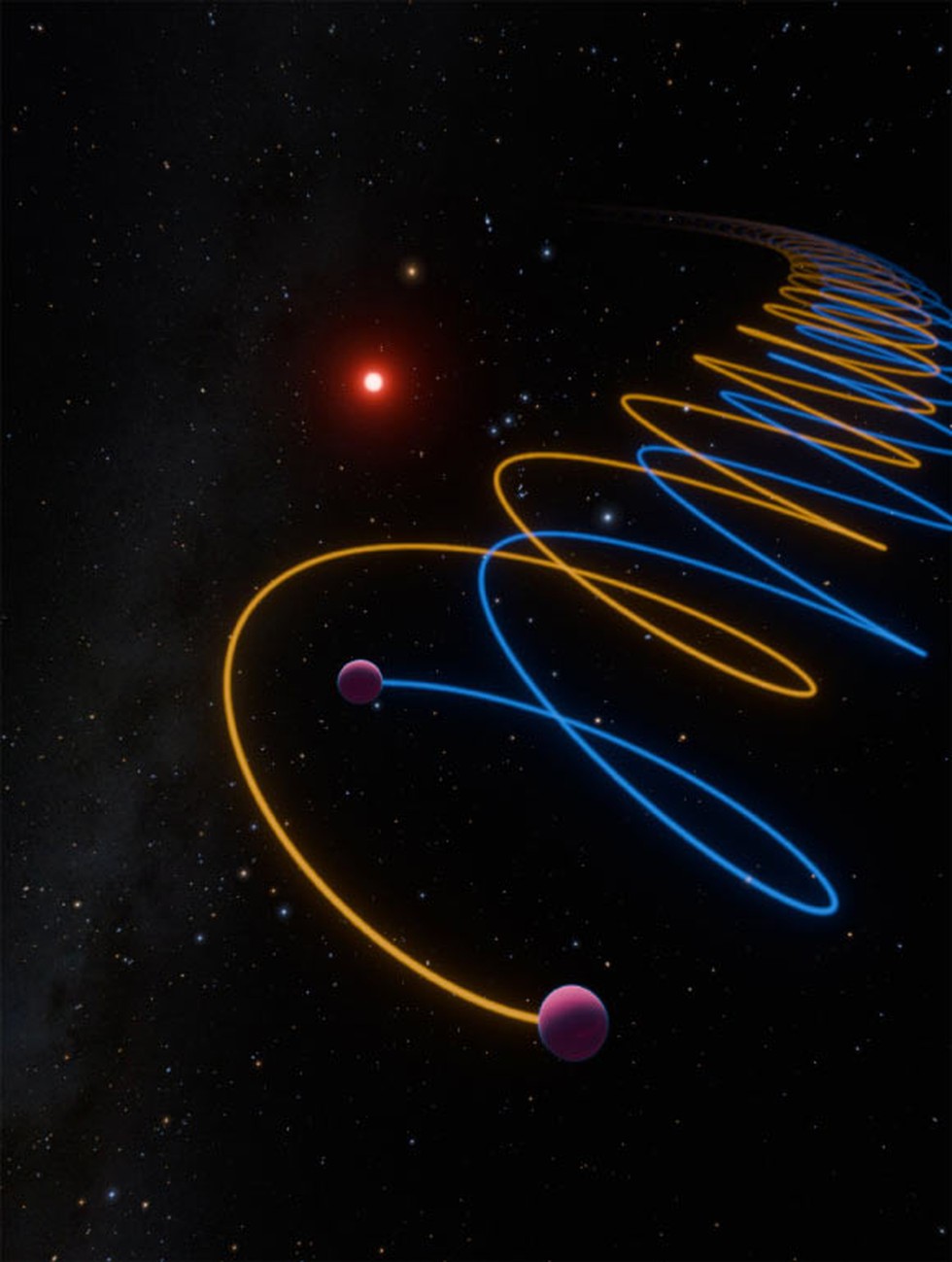
About Brown dwarf:
- Brown dwarfs are sometimes called failed stars because they’re lighter than stars, but heavier than gas giant planets.
- Features
- These objects have a size between that of a giant planet like Jupiter and that of a small star.
- Brown dwarfs accumulate material like a star, not like a planet.
- They can also have clouds made out of precipitates in their atmospheres. However, while we have water clouds on Earth, the clouds on brown dwarfs are much hotter and likely made up of hot silicate particles.
- Thus, they hold onto their lighter elements (hydrogen and helium) more effectively than planets and have a relatively low metal content.
- They do not have enough massfor their cores to burn nuclear fuel and radiate starlight. This is why they are sometimes referred to as “failed stars.”
- The difference between brown dwarfs and stars is that, unlike stars, brown dwarfs do not reach stable luminosities by thermonuclear fusion of normal hydrogen.
- Both stars and brown dwarfs produce energy by fusion of deuterium (a rare isotope of hydrogen) in their first few million years.
2. SARTHI System
Recently, the National Institute of Food Technology Entrepreneurship and Management, Kundli (NIFTEM-K) has introduced Solar Assisted Reefer Transportation with Hybrid Controls and Intelligence (SARTHI) system.
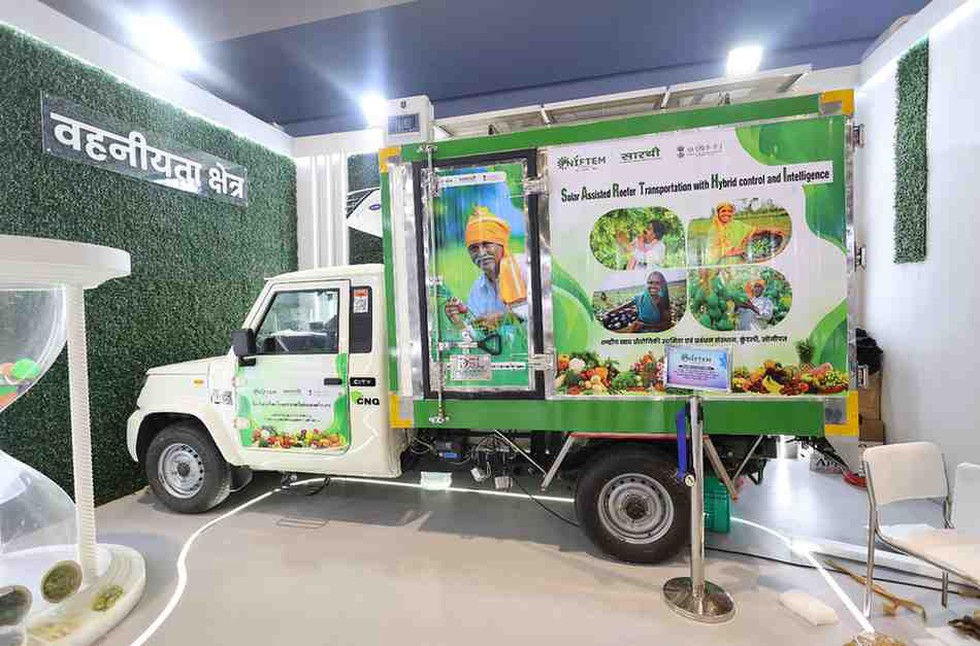
About SARTHI System:
- It is an innovative solution to reduce post-harvest losses in perishable food transportation.
- Features
- It features dual compartments designed to store fruits and vegetables at different temperatures, addressing their unique storage needs.
- It is an integration of IoT and real-time monitoring.
- The data acquired from the sensors is integrated with IoT (Internet of Things) and sent to the cloud which can be downloaded using a mobile app for getting a real time information about the quality parameters and physiological changes occurring during transportation of fresh fruits and vegetables.
- Its sensors measure temperature, humidity, ethylene, and CO2 levels, sending data to a mobile app for quality assessment.
- The system also includes a solar-powered air handling unit that ensures temperature control during halts.
- Significance:
- This design helps extend shelf lifeand reduces losses due to chilling injury or moisture loss.
- This technology allows transporters to make informed decisions, potentially rerouting produce to closer markets if spoilage is detected, cutting energy waste and reducing carbon footprints.
3. Hand-in-Hand Initiative
Recently, the Food And Agricultural Organisation (FAO) Director-General opens the third Hand-in-Hand Investment Forum.

About Hand-in-Hand Initiative:
- It was launched in 2019, is a flagship of Food And Agricultural Organisation (FAO).
- It prioritizes countries and territories where poverty and hunger are highest, national capacities are limited, or operational difficulties are greatest due to natural or man-made crises.
- It seeks to eradicate poverty (SDG1), end hunger and malnutrition (SDG2), and reduce inequalities (SDG10) by accelerating market-based transformation of agri-food systems to raise incomes, improve nutrition, empower poor and vulnerable populations, and strengthen resilience to climate change.
- Approach: It uses geospatial, biophysical and socio-economic data, as well as advanced analytics to identify territories where agricultural transformation and sustainable management of forest and fisheries have the greatest potential for alleviating poverty and hunger.
- Its area of intervention includes developing value chains for priority commodities, building agro-industries and efficient water management systems, introducing digital services and precision agriculture
- Member countries: 72 countries have joined this Initiative.
What is FAO?
- It is a specialized agency of the United Nations (UN) that leads international efforts to defeat hunger.
- It is the oldest permanent specialized agency of the UN, established in October 1945.
- Mandate: To improve nutrition, increase agricultural productivity, raise the standard of living in rural populations, and contribute to global economic growth.
- Members: It currently has 194 Member States plus the European Union (member organization).
- Headquarters: Rome, Italy.
4. African Penguin
A new study by an international team of researchers from South Africa and the United Kingdom has found that artificial nests can enhance the breeding success of African penguins.
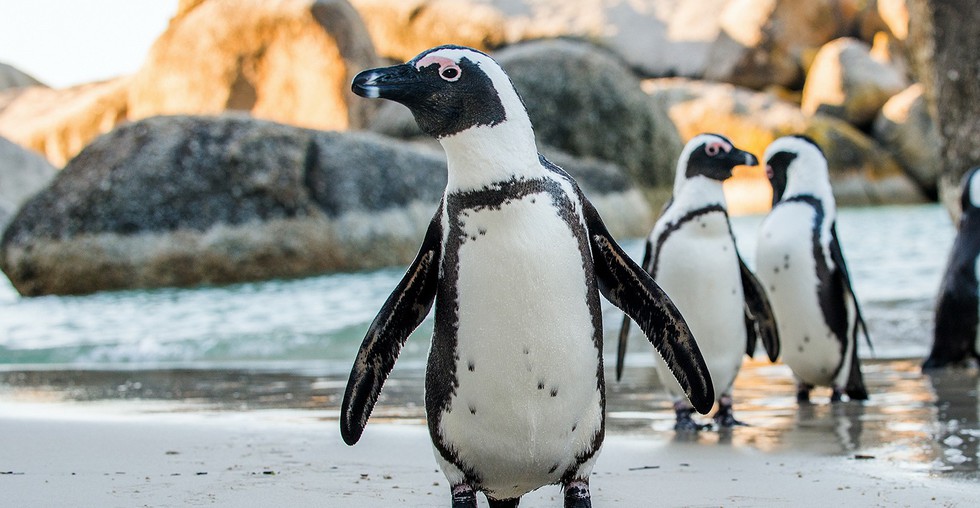
About African Penguin:
- Appearance: It has a black stripe and a pattern of unique black spots on its chest, as well as pink glands above its eyes that become pinker as the penguin gets hotter. Males are larger than females and have larger beaks.
- Habitat: It is usually found within 40 kilometers of the shore, coming onshore to a variety of coastal habitats to breed, molt, and rest.
- Distribution: This penguin breeds on the African mainland from Hollams Bird Island, Namibia to Bird Island, Algoa Bay, South Africa.
- The species breeds naturally in burrows dug into guano (a natural substance composed of the excrement of birds, bats, and seals), which protects them from the extreme heat of their environment.
- This penguin's average lifespan in the wild is 20 years.
- It feeds on pelagic schooling fish, particularly sardine and anchovy.
- Conservation status
- IUCN: Endangered
- Threats: Global-warming-induced shifts in the marine and atmospheric environment are destructive to the African penguin's habitat and comprise a major threat to the bird.
5. Karakoram Wildlife Sanctuary
Recently, the standing committee of the National Board for Wildlife (NBWL) has approved five significant road stretches, including four that pass through the Karakoram Wildlife Sanctuary along the Line of Actual Control (LAC).
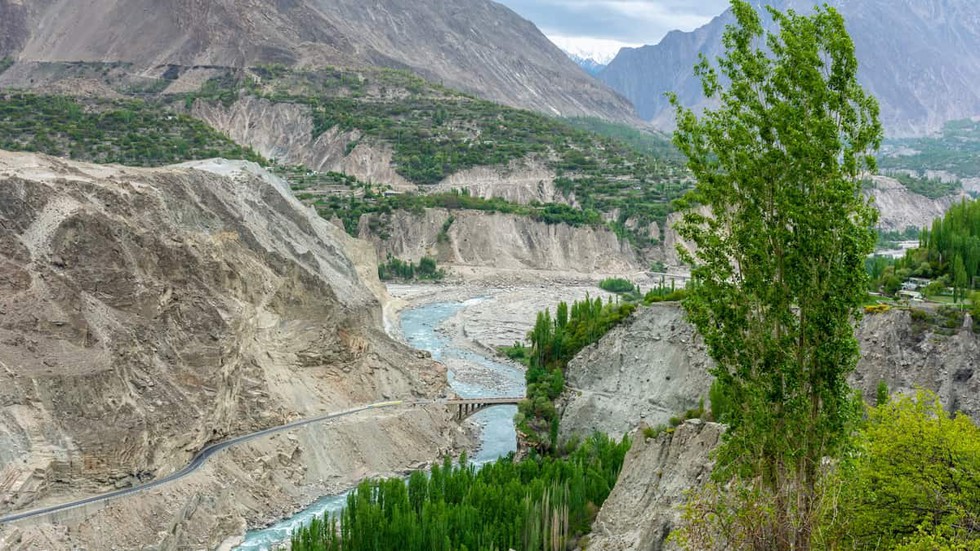
About Karakoram Wildlife Sanctuary:
- Location: It is located in the Union Territory of Ladakh along the territory’s border with Jammu and Kashmir.
- It is situated just to the north of Hemis National Parkand to the east of Deosai National Park.
- It is well known for its diverse landscape, featuring snow-covered peaks, alpine fields, and deep ravines.
- Climatic condition: The average temperature during the warmest month is lower than 0 degrees Celsius in some heights and remains below 10 degrees Celsius in other parts.
- Major Peaks: Major peaks within this Wildlife Sanctuary include Saltoro Kangri, Saser Kangri I, and K12.
- Rivers: Shyok and Nubra Riversare the major water sources of this sanctuary.
- Vegetation: It is rich in alpine vegetation, medicinal plants, cold desert flora, endemic and rare species, and glacier vegetation.
- Fauna: Ural, the argali, Tibetan gazelle, Siberian ibex, the bharal (blue sheep), and the snow leopard, Tibetan antelope (chiru) and Bactrian camel
- Flora: It comprises broad-leaved shrubs namely the Rosia webbiana, Ephedra, Caragianae and several other bushes.
6. Employees Deposit Linked Insurance (EDLI) Scheme
The Centre has decided to extend providing benefits of Employees’ Deposit Linked Insurance (EDLI) Scheme to all subscribers of Employees’ Provident Fund Organisation and their family members till further notice.

About Employees Deposit Linked Insurance (EDLI) Scheme:
- EDLI is an insurance scheme that was launched by the Government in 1976.
- This scheme was launched with the objective of providing social security benefits to the employees of the private sector for whom such benefits were not commonly provided by the employer.
- The EDLI scheme is managed and administered by the Employees Provident Fund Organisation (EPFO), and the scheme provides term life insurance cover on the life of the member employee.
- The EDLI scheme covers all organizations registered under the Employees Provident Fund (EPF) and Miscellaneous Provisions Act, 1952.
- This scheme works in combination with the EPF and the Employees' Pension Scheme (EPS).
- The extent of the benefit is decided by the last drawn salary of the employee.
- The registered nominee of the EDLI scheme receives a lump-sum payment in the event of the death of the EPF member, during the period of the service.
- The nominee registered in the EDLI is the same as registered in the EPF Scheme.
- Features:
- Maximum assured benefit up to Rs 7 lakh to be paid to the nominee or legal heir of the EPF member if death occurs while in service.
- Minimum assurance benefit is of Rs 2.5 lakh in case the deceased member was in continuous employment for 12 months prior to his or her death.
- This life insurance benefit being given to the EPFO member is free of cost for the PF/EPF account holders.
- Minimal contribution by employer at 0.5% of employee's monthly wages, up to wage ceiling of Rs 15,000; no contribution made by employee.
- Auto-enrolment of PF members in the EDLI scheme.
- Benefit directly credited to the bank account of a legal heir or nominee.
7. Gandhi Sagar Wildlife Sanctuary
As per the latest development, Gandhi Sagar Sanctuary will see cheetahs being reintroduced in a move to promote tourism in the region.

About Gandhi Sagar Wildlife Sanctuary:
- Location: It is situated in northwestern Madhya Pradesh, with one of its boundaries running along the border of Rajasthan.
- It lies in the Khathiar-Gir dry deciduous forests ecoregion.
- The sanctuary was notified in 1974 and is spread over an area of 368 sq.km.
- The River Chambalflows through the sanctuary, dividing it into two parts.
- Topography: The sanctuary is characterized by its diverse topography, which includes hills, plateaus, and the catchment area of the Gandhi Sagar Dam on the Chambal River.
- Gandhi Sagar Wildlife Sanctuary and the reservoir is also a designated Important Bird and Biodiversity Area (IBA).
- Vegetation: Northern tropical dry deciduous forest, Northern tropical dry mixed deciduous forest and Dry deciduous scrub.
- Flora: The principal tree species found here are Khair, Salai, Kardhai, Dhawda, Tendu and Palash.
- Fauna:
- Herbivores like Chinkara, Nilgai, and Spotted Deer, and carnivores like the Indian Leopard, Striped Hyena,and Jackal are found in good numbers in the region.
- It also has a good population of crocodiles, fish, otters, and turtles.
- The sanctuary has many places of historical, archeological, and religious importance, such as Chaurasigarh, Chaturbhujnath temple, Bhadkaji rock paintings, Narsinghjhar Hinglajgarh fort, Taxakeshwar temple,
8. World Energy Outlook 2024
India is poised to face a higher increase in energy demand than any other country over the next decade, according to the World Energy Outlook 2024.
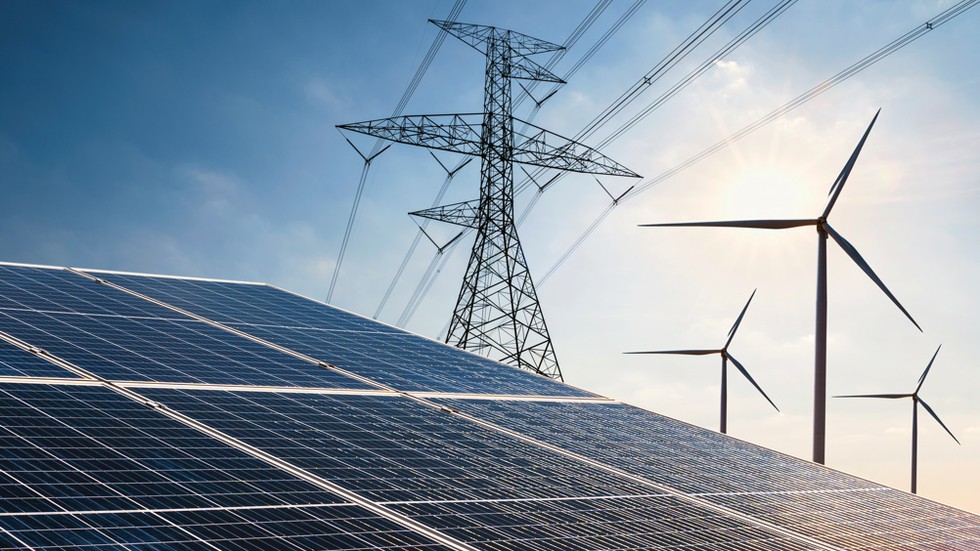
About World Energy Outlook 2024:
- It is an annual report published by the International Energy Agency (IEA).
- It is the most authoritative global source of energy analysis and projections.
- It identifies and explores the biggest trends in energy demand and supply, as well as what they mean for energy security, emissions, and economic development.
- Highlights of 2024 Report:
- Projections based on current policy settings indicate that the world is entering a new energy context, marked by persistent geopolitical hazards but also an abundance of various fuels and technologies.
- This includes a surplus of oil and liquefied natural gas (LNG) expected in the second half of the 2020s, alongside a significant increase in manufacturing capacity for key clean energy technologies.
- The report finds that low-emissions energy sources are set to generate more than half of the world’s electricity by 2030.
- Meanwhile, demand for coal, oil, and gas is expected to peak by the end of this decade.
- Global electricity demand growth is projected to accelerate further, adding the equivalent of Japan’s annual electricity consumption to global use each year.
- Highlights Related to India:
- India is poised to face a higher increase in energy demand than any other country over the next decade, mainly because of its size and the scale of rising demand from all sectors.
- According to the Stated Policies Scenario (STEPS), India is on track to add over 12,000 cars daily to its roads over the period to 2035.
- Built-up space is set to increase by over 1 billion square metres annually. This is larger than the total built space in South Africa.
- By 2035, iron and steel production is on track to grow by 70%. The cement output is set to rise by nearly 55%.
- The stock of air conditioners is projected to grow by over 4.5 times, resulting in electricity demand from air conditioners in 2035 more than Mexico’s total expected consumption that year.
- The total energy demand in India is set to increase by nearly 35% by 2035, and electricity generation capacity nearly tripled to 1400 GW.
- Coal is set to retain a strong position in the energy mix in India over the next decades, with the country projected to add about 60 gigawatts of new coal-fired power capacity by 2030.
- Coal-based electricity generation is projected to increase by over 15 per cent.
- Coal provided 40 percent of the energy used in industries like steel, cement, and manufacturing in 2023. By 2035, coal use in industry is expected to grow by 50 percent.
9. INS Samarthak
Larsen and Toubro recently launched the INS 'Samarthak', a multi-purpose vessel for the Indian Navy.

About INS Samarthak:
- It is the first of two multi-purpose vessels (MPVs) for the Indian Navy.
- The vessel was designed and constructed in-house by Larsen and Toubro (L&T) Shipyard at Kattupalli, aligning to the Centre's 'Make in India' initiative and 'Atmanirbhar Vision'.
- It is a highly specialised, multi-role platform designed to support the development and testing of next-generation weapons and sensors for the Indian Navy.
- It will also perform a variety of other functions, including maritime surveillance, patrolling, launching and recovering surface and aerial targets, providing humanitarian assistance, and combating sea pollution.
- It measures 107 meters in length, 18.6 meters in width, and has a displacement of over 3,750 tonnes.
- The vessel can achieve a maximum speed of 15 knots.
Points to remember:
- L&T’s Kattupalli Shipyard is located in Ennore, about 45 km north of Chennai, Tamil Nadu.
- It is one of the most advanced shipbuilding and ship repair facilities in India and is equipped with shiplift, dry berths, and wet berths to concurrently undertake new build construction and repairs.
- In addition to building two MPVs, Kattupalli Shipyard is currently constructing three Cadet Training Ships and six other defence vessels for the Indian Navy under a Public-Private-Partnership model.
- The yard is also involved in the repair of the US Naval Ship Charles Drew under a Master Ship Repair Agreement with the US Navy.
10. Key Facts about Petra
Archaeologists have uncovered a secret tomb in Petra, Jordan, revealing 2000-year-old skeletons and a chalice resembling the Holy Grail.
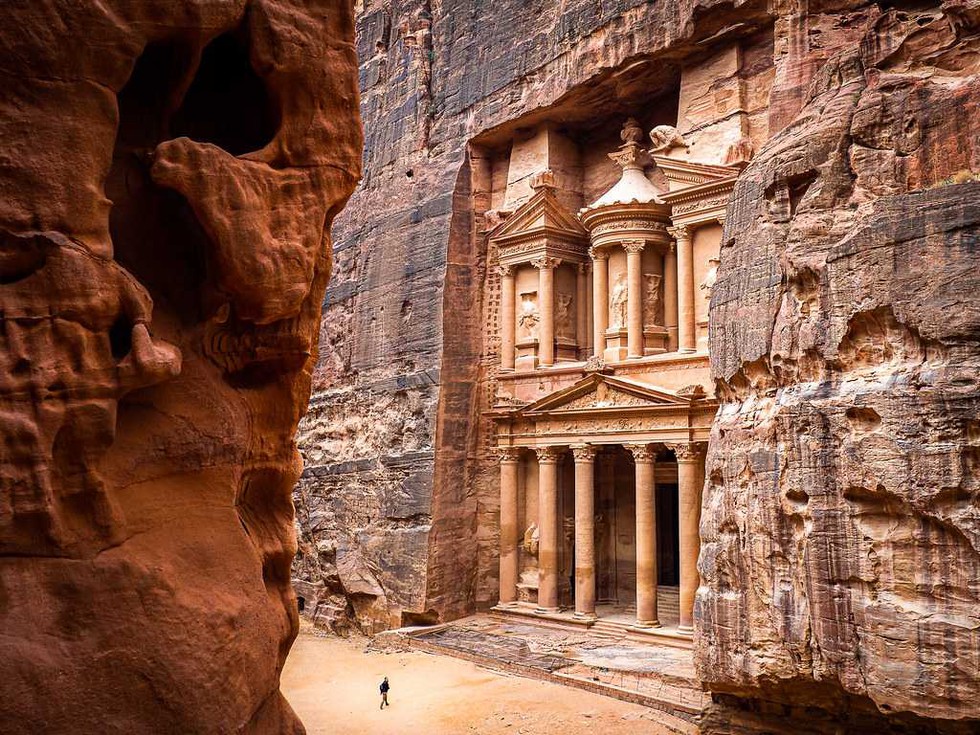
About Petra:
- It is a historic and archaeological city located in southern Jordan.
- It was the center of an Arab kingdom in Hellenistic and Roman times.
- Petra was established in 312 AC, which makes it around 2000 years old.
- It became the capital of the Nabateans people, an Arab tribe, who were referred to in the Bible.
- Under Nabataean rule, Petra prospered as a centre of the spice tradethat involved such disparate realms as China, Egypt, Greece, and India.
- The Romans conquered Petra in 106 A.C, and they turned the territory into a Roman province of Arabia.
- During the second and third centuries, Petra continued to grow, and in the seventh century, the Romans lost the power of Petra to Islam.
- In the 12th century, Petra was once again taken by different leaders, and for a while, Petra was hidden until it was found by Swiss explorer Johann Ludwig Burckhardt in 1812.
- Features:
- Many of Petra’s buildings were carved directly into rocky sandstone cliffs.
- The name Petra comes from the Greek word for “rock.”
- The city of Petra was built on a terrace with the Wadi Musa (the Valley of Moses) running through it east to west.
- The valley is enclosed by sandstone cliffs veined with shades of red and purple varying to pale yellow.
- Petra is home to roughly 800 tombs, therefore known as the “Royal Tombs”, with the most renowned being ‘The Treasury’.
- To support the ancient city’s large population, its inhabitants maintained an extensive hydrological system, including dams, cisterns, rock-carved water channels, and ceramic pipes.
- Petra has also been referred to as the “Rose City” because of the color of the stones used in its buildings.
- Petra has been a UNESCO World Heritage Site since 1985.


























































































































































.png)
.png)
.png)
.png)
.png)


.png)
.png)
.png)





.png)
.png)






.png)
.png)
.png)
.png)
.png)
.png)
.png)
.png)
.png)

.png)







.png)
.png)


.png)
.png)
.png)


.png)

.png)
.png)





.jpg)

.png)
.png)


.png)

.png)
.png)
.png)

.jpg)

.jpg)


.png)

.png)
.png)
.png)
.png)
.png)
.png)
.png)
.png)
.png)
.png)




.png)

.png)





.png)
.png)
.png)
.png)
.png)
.png)
.png)
.png)
.png)
.png)
.jpg)
.jpg)

.png)
.png)
.png)
.png)
.png)
.png)
.png)
.png)
.png)
.png)
.png)
.png)
.png)
.png)
.png)
.png)
.png)
.png)
.png)
.png)
.png)
.png)



.png)
.png)

.jpg)
.jpg)


.jpg)
.jpg)
.jpg)
.jpg)
.jpg)

.jpg)








.jpg)
.jpg)
.jpg)
.jpg)
.jpg)

















.jpg)
.jpg)







.jpg)


















.jpg)
.jpg)






























































































.jpg)
.jpg)


























.jpg)

.jpg)










.jpg)








.jpg)




.jpg)










.jpg)


















.jpg)












































.jpg)














.jpg)
.jpg)
.jpg)





.jpg)

.jpg)
.jpg)





































































.jpg)


































.jpg)
.jpg)
















































.jpg)












.jpg)


.jpg)




.jpg)
.jpg)
.jpg)

.jpg)
.jpg)
.jpg)
.jpg)

.jpg)
.jpg)
.jpg)

.jpg)
.jpg)
.jpg)
.jpg)
.jpg)
.jpg)
.jpg)
.jpg)

.jpg)


.jpg)
.jpg)
.jpg)
.jpg)
.jpg)
.jpg)
.jpg)
.jpg)
.jpg)
.jpg)











.jpg)
.jpg)





.jpg)
.jpg)
.jpg)
























.jpg)
























.jpg)









.jpg)
.jpg)







.jpg)
.jpg)









































.jpg)
.jpg)
.jpg)
.jpg)
.jpg)

.jpg)
.jpg)
.jpg)
.jpg)
.jpg)


.jpg)
.jpg)
.jpg)
.jpg)
.jpg)

.jpg)
.jpg)
.jpg)
.jpg)
.jpg)
.jpg)
.jpg)
.jpg)
.jpg)
.jpg)
.png)

.png)
.png)

.png)
.png)
.png)
.png)


.jpg)
.jpg)

.jpg)
.jpg)
.jpg)

.png)
.png)
.png)
.png)
.png)
.png)
.png)

.png)
.png)
.png)
.png)
.png)
.png)
.png)
.png)
.png)
.png)





































































-min.png)



.png)




.png)








































